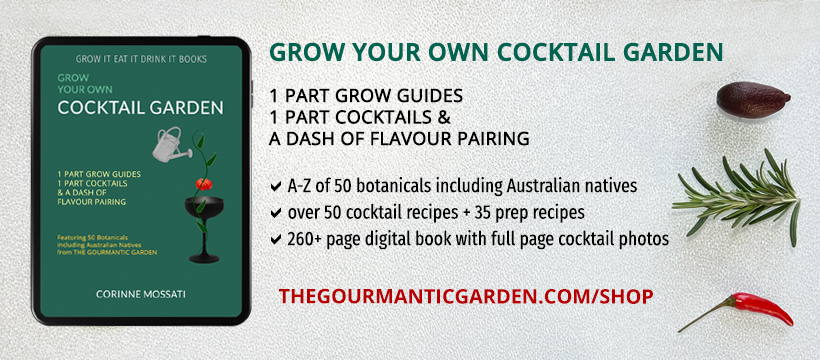Jonathan Scott of Glengoyne visited Australia to launch the Glengoyne 25 yo expression in 2014 at Glenguin Estate in the Hunter Valley, I had the opportunity for a one-on-one to interview in which we chatted about the whisky industry and the rise of NAS whiskies. This article is part of the ‘Looking Back’ series.

Jonathan Scott, Glengoyne – Photo © Cocktails & Bars
Corinne Mossati: There’s been a growing move in the whisky industry towards no age statement whiskies. What is Glengoyne’s position on this new trend?
Jonathan Scott: As best as we can, we will try and contest that route. We’re true to showing age on the label. I suspect certain producers not being able to manage their inventory and meet their demand. At Glengoyne, it’s not our intention to go majorly down that route at all.
Do you think the general public is aware of the real reason behind the increasing number of NAS whiskies?
I’m not sure that they’re aware of why, but I’m certain they’re becoming more aware of it as more and more products appear on the market and they realise it used to show an age on the label. The devil is in the detail and if the detail isn’t there, they will pick up on that.
What new changes are you aware of in the whisky industry?
There a lot of changes going on in the industry with new distillery openings and proposed distillery openings. Some of the changes are quite significant, not in the bottom of the market but in high profile such as Beam Suntory, Ardmore and Whyte & Mackay – that’s a lot of changes.
On the craft side, there’s a lot of bubbling going on. We know of at least 8 distilleries are looking to open and we think there are another eight in the planning.
You travel frequently in your role as Area Director Asia Pacific. Have you noticed a growing popularity of whisky among younger age groups?
In my travels around Asia Pacific, yes, more and more so. From interactions at tastings, exhibitions, I see a younger drinker/ consumer, I see a mixture of consumers, I’ve seen people who have not got into whisky and we try to encourage them. I think there’s a lot of exploration to be had, in not just Scottish whisky but Irish, Tasmanian, Indian and Japanese.
To what do you attribute the rise in interest among the younger population?
Part of the appeal is that it’s not your classic blended brands of the past, although they will always have their place. Part of the appeal is packaging, marketing, social media, it’s a society-based experience. They’re talking about Glengoyne, the new Bowmore, have you tried the peatiest whisky available. There’s a lot of mileage, a lot of story to tell not just from my own company but from the country, culture and information on the internet.
Do you think it will be short-lived?
I hope they are loyal to Scotch single malt and brands. But I encourage people to cross over to other brands and try them. You may not like smoky whiskies but it doesn’t mean you need to try the smokiest brand. I also do see it in other spirits like tequila, cognac and gin which is becoming a hot topic.
What does the future hold for Glengoyne?
Since 1833, it was most likely that we will stick to our true heritage if we can get the sherry casks to the quality and the quantity that we now require. It doesn’t mean we will dismiss a limited edition bottling. In the last 2 to 3 years, we’ve concentrated on the core brand and expressions themselves, 10 yo, 12 yo, 15 yo, 18 yo, 21 yo, Cask Strength, today 25 yo, tomorrow 35 yo.
If you go back into the annals of time, you’ll see we’ve done a Rioja finish, a Shiraz collaboration with Glenguin Eastate , single cask bottlings, half casks and so on. We’ve reined ourselves back in from that proliferation and really focused on the truths behind Glengoyne as we did today.
“Jonathan Scott on Glengoyne” is part of the ‘Looking Back’ series which takes a historical lens to key industry personalities. The article is based on an interview originally published on our sister website Gourmantic on 17 June 2014.

